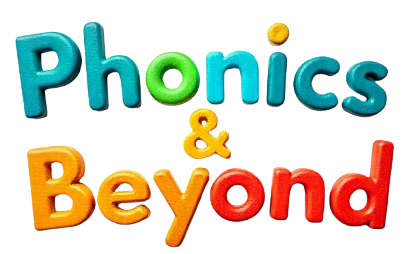Reading comprehension is the ability to understand and interpret written texts, and it’s one of the most important skills for academic success. But how can you help your child improve their reading comprehension at home? In this article, we’ll explore several fun and effective strategies that make reading comprehension easier and more enjoyable for young learners.
1. Create a Reading-Friendly Environment
The first step to improving reading comprehension is to create a positive and engaging reading environment. Set aside time each day for reading in a quiet, comfortable space with good lighting. Keep a variety of books available to cater to your child’s interests. Whether they enjoy stories about animals, space, or superheroes, having a selection of books will keep them engaged.
2. Read Aloud Together
Reading aloud to your child is a great way to model good reading habits and boost comprehension. Choose books that are slightly above their reading level and read together. As you read, pause and ask your child questions about the story. Encourage them to predict what might happen next or explain what a character is feeling. This helps build critical thinking and understanding of the text.
3. Use Story Maps and Graphic Organizers
A story map is a tool that helps children break down a story into its key components: characters, setting, problem, and solution. This visual representation of the story helps children grasp the main ideas and identify the structure of the narrative. After reading, work with your child to create a story map or graphic organizer that highlights the key elements of the story. This reinforces their understanding and retention of the material.
4. Practice Summarizing
After reading a book or a chapter, ask your child to summarize the main points. Encourage them to retell the story in their own words, focusing on the key events and details. Summarizing helps children focus on the most important parts of a text and improves their ability to understand the overall message.
5. Ask Open-Ended Questions
Instead of asking yes/no questions, ask open-ended questions that require your child to think critically. For example, “Why do you think the character made that choice?” or “How would you feel if you were in the story?” These types of questions help children analyze the text, think about the characters’ motivations, and deepen their understanding of the material.
6. Use Interactive Activities
Incorporating games and interactive activities can make reading comprehension fun. Create word puzzles, matching games, or scavenger hunts based on the books you’re reading. Use apps or websites that offer quizzes and activities related to the book to reinforce learning in a playful way.
Conclusion
Improving reading comprehension doesn’t have to be a chore. With the right tools and strategies, you can make reading both fun and educational. By engaging with your child in creative ways, you’ll help them develop the skills they need to become confident and capable readers.



